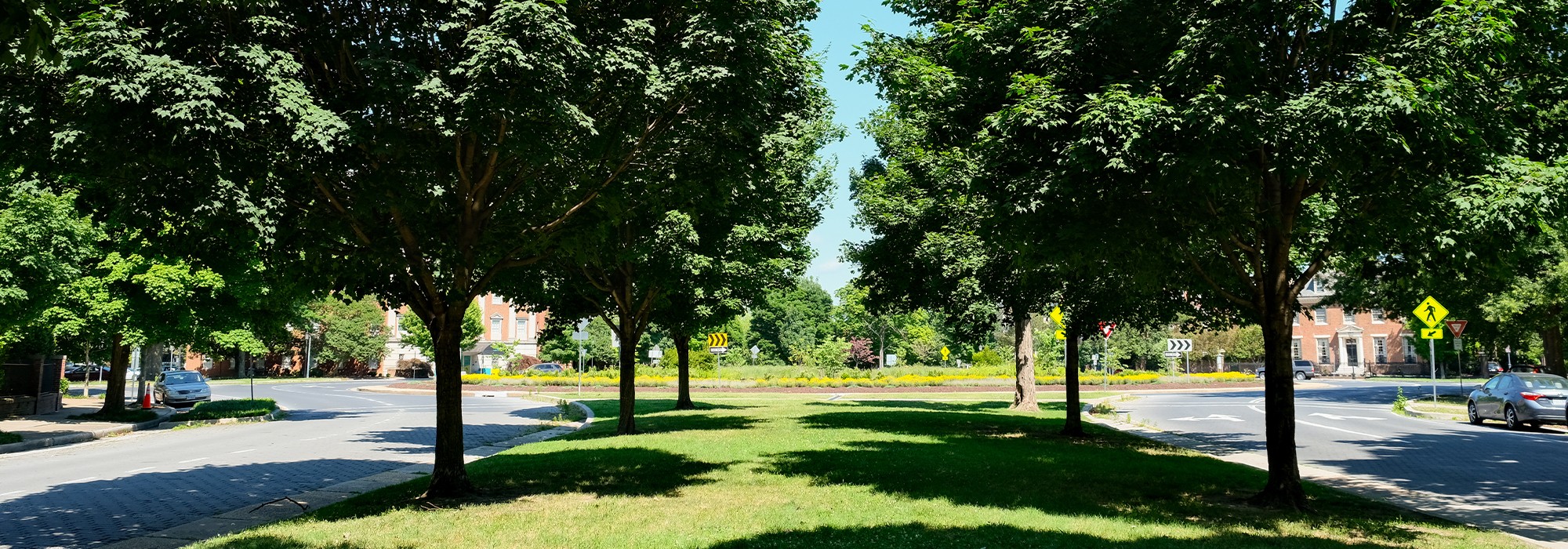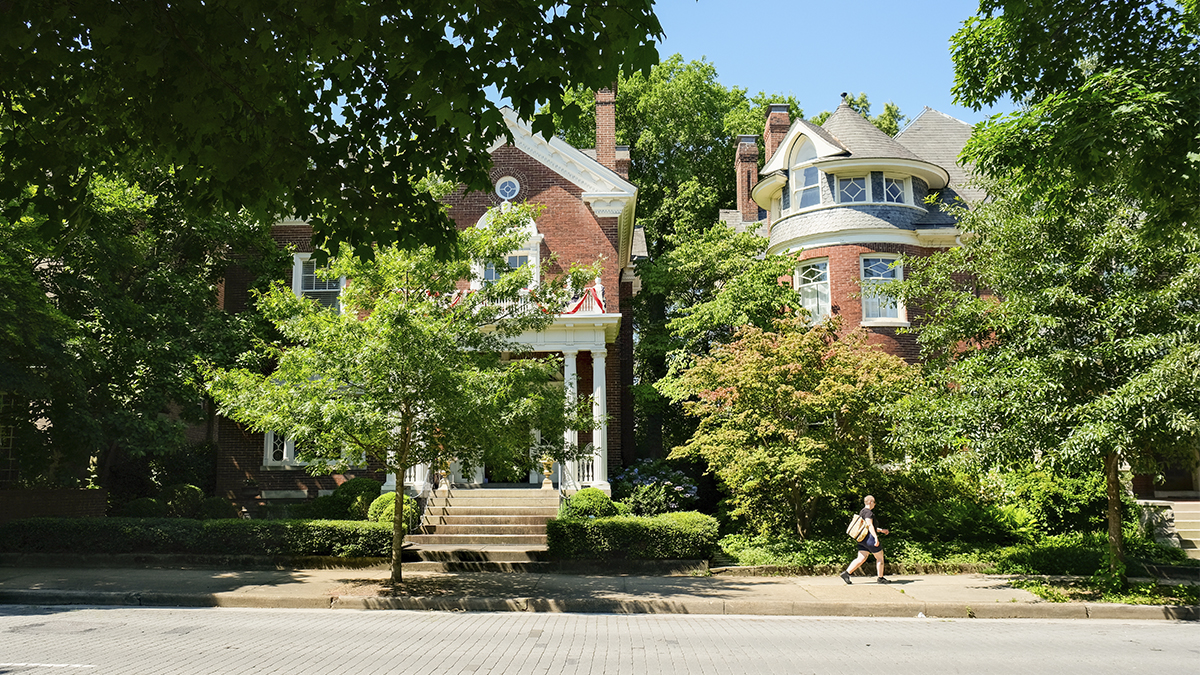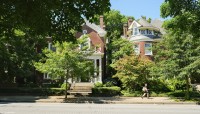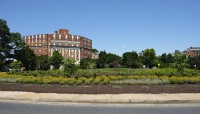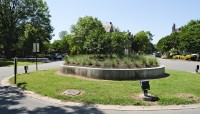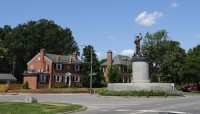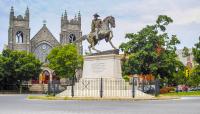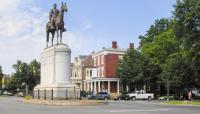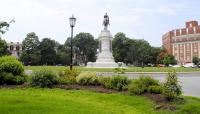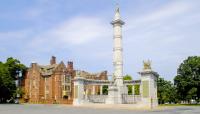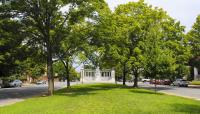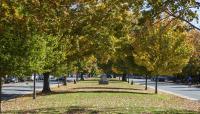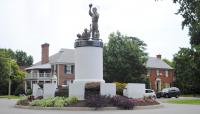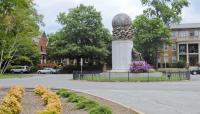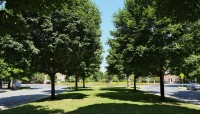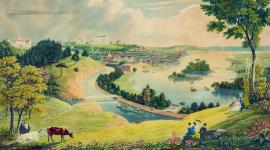Landscape Information
Stretching from the Fan District at Lombardy Street to Roseneath Road, this boulevard historically featured memorials to six notable Virginians. Between 2020 and 2021, five statues of men associated with the Confederacy were removed from its one-and-a-half-mile length. Although their removal was previously discussed, they were ultimately dismantled in response to nation-wide protests spurred by the murder of George Floyd.
The earliest design of the avenue, attributed to civil engineer C.P.E. Burgwyn in 1888, proposed the extension of Franklin Street through a meadow west of downtown. Two years later sculptor Jean Antoine Mercie’s towering statue of General Robert E. Lee was sited within a 200-foot diameter traffic circle. From 1890 to 1929 the avenue was gradually extended one block to the east and thirteen blocks to the west as new structures, monuments, and plantings were added. Asphalt paving blocks distinguish the four-lane roadway, lined with sugar maples and oaks. Townhouses, mansions, and churches flank the 140-foot-wide thoroughfare; Memorials to J.E.B. Stuart, Stonewall Jackson, and Matthew Fountaine Maury stood at prominent intersections, created by well-known sculptors including Edward Virginius Valentine and Fred Moynihan. The eight-foot likeness of Jefferson Davis, which fronted the 67-foot-tall monument designed in his honor by architect William C. Noland, was the first statue on the avenue to be taken down. Sculpted by Valentine, the vandalized bronze statue is displayed in his namesake Museum.
Twenty-five years after Paul DiPasquale's monument to Arthur Ashe was installed, the bronze statue of Lee was dismantled in the fall of 2021. Lee’s graffiti-covered 40-foot granite pedestal was ultimately removed by year’s end. Now owned by the City of Richmond, the contested site’s long-term use is still being determined. Monument Avenue was listed in the National Register of Historic Places in 1970 and designated a National Historic Landmark in 1997.



